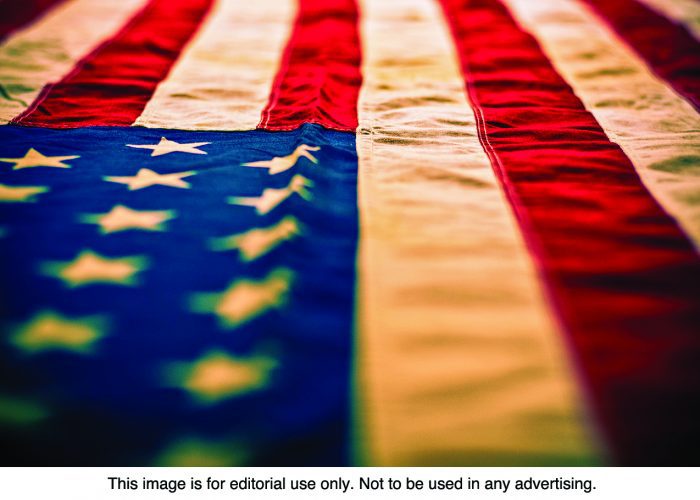Celebrating National Flag Day June 14
On June 14, National Flag Day honors Old Glory and commemorates the adoption of the United States flag on June 14, 1777.
The American flag is a symbol of the country’s history, pride and success in overcoming political oppression. Through its many incarnations and variations, the Stars and Stripes has waved over government buildings, schools and private residences.
According to History.com, in 1775, the Second Continental Army led to the creation of the first “American” flag. However, that flag was too similar to the British Union Jack flag, George Washington requested a revision. In 1777, the Second Continental Congress passed a resolution stating that the “flag of the United States be 13 stripes, alternate red and white.” Furthermore, the “union” was represented by 13 stars of white in a blue field, “representing a new constellation.”
More than a century later, a small-town Wisconsin teacher named Bernard Cigrand came up with the idea for an annual flag day in 1885. Even though the Fourth of July, a holiday in which the flag is prominently and proudly displayed, had long been celebrated as the birthday of the United States, Cigrand wanted a holiday that would focus specifically on the flag in all its glory. June 14 was selected because it marked the anniversary of the official adoption of the first flag. Cigrand led his school in the first formal observance of the holiday, and throughout his life continued to advocate for respect of the flag.
Various other organizations liked the idea of a day to honor the flag, including the State Board of Education of New York, the Betsy Ross House and the New York Society of the Sons of the Revolution. Yet, it wasn’t until May 30, 1916, that Flag Day was officially established by presidential proclamation by President Woodrow Wilson. Still, it would take another 33 years for President Truman to sign an Act of Congress designating June 14 as the official National Flag Day, which he did on August 3, 1949.
Americans can honor the flag by displaying it on Flag Day. Here’s how to display the flag properly, courtesy of Military.com:
• The flag should be free of any obstructions, such as power lines or tree limbs.
• Flags should only be displayed in public from sunrise to sunset, unless the flag can be properly illuminated during darkness. In this instance, it may be displayed at all times.
• When displayed with other flags, such as on a single staff or lanyard, the U.S. flag should be above all other flags. If flags are displayed in a row, the U.S. flag goes to the observer’s left.
• State and local flags are traditionally flown lower than the American flag.
• During marching ceremonies or parades with other flags, the U.S. flag should be to the observer’s left.
• The flag should be displayed at every public institution and at schools during school days.
• The flag should be hoisted briskly and lowered ceremoniously.
• The flag is often displayed at half-staff on days of mourning, including Memorial Day. The flag should first be hoisted to the peak for an instant, then lowered to half-staff position, which is half the distance between the top and bottom of the staff.
• On a vehicle, the U.S. flag should be displayed from a staff firmly fixed to the chassis. It should not be draped over the hood, top, sides, or back of a vehicle.
• The flag should never touch anything beneath it.
• When displayed vertically and not on a staff, the union should be on the left when observed. It should be suspended so its folds fall freely as though the flag were staffed.
• Flags can be repaired. However, a flag in poor condition should be destroyed with dignity, preferably by burning. Most American Legion posts and local Boy Scouts troops will have the resources to retire flags accordingly. Many will host annual flag retirement ceremonies on Flag Day.







